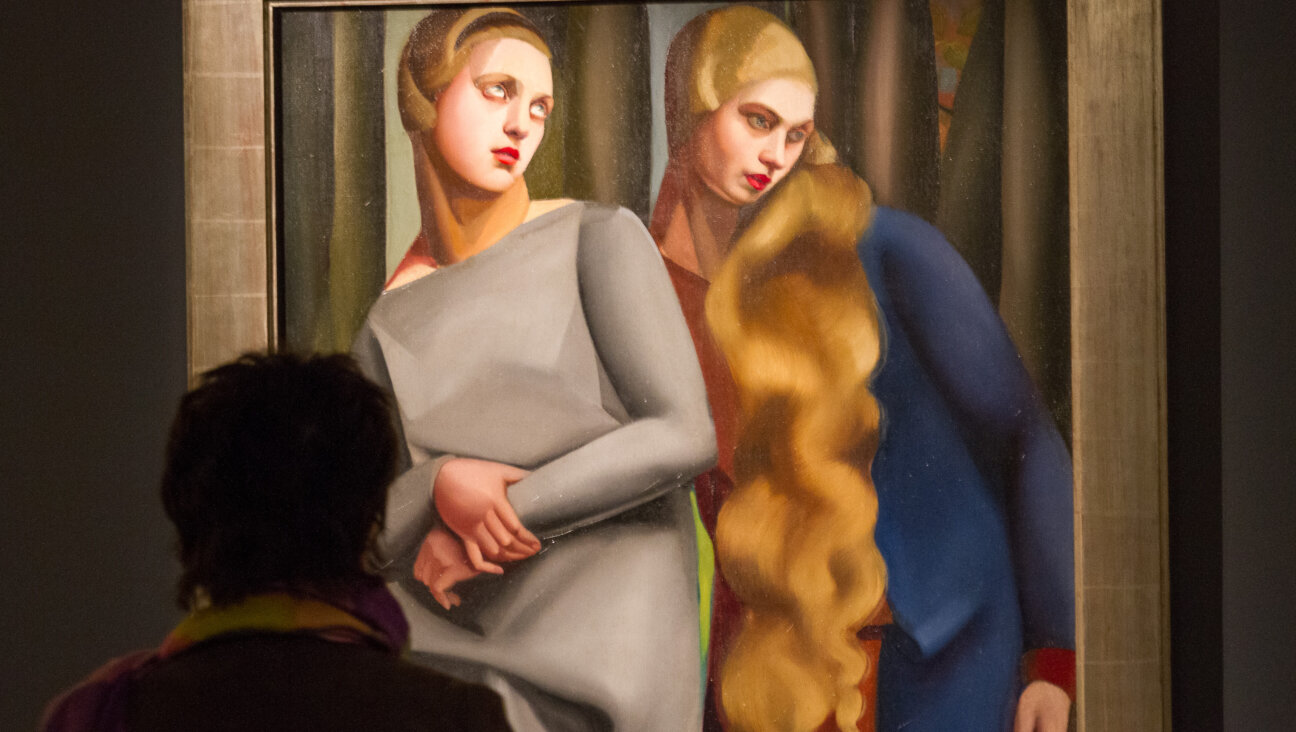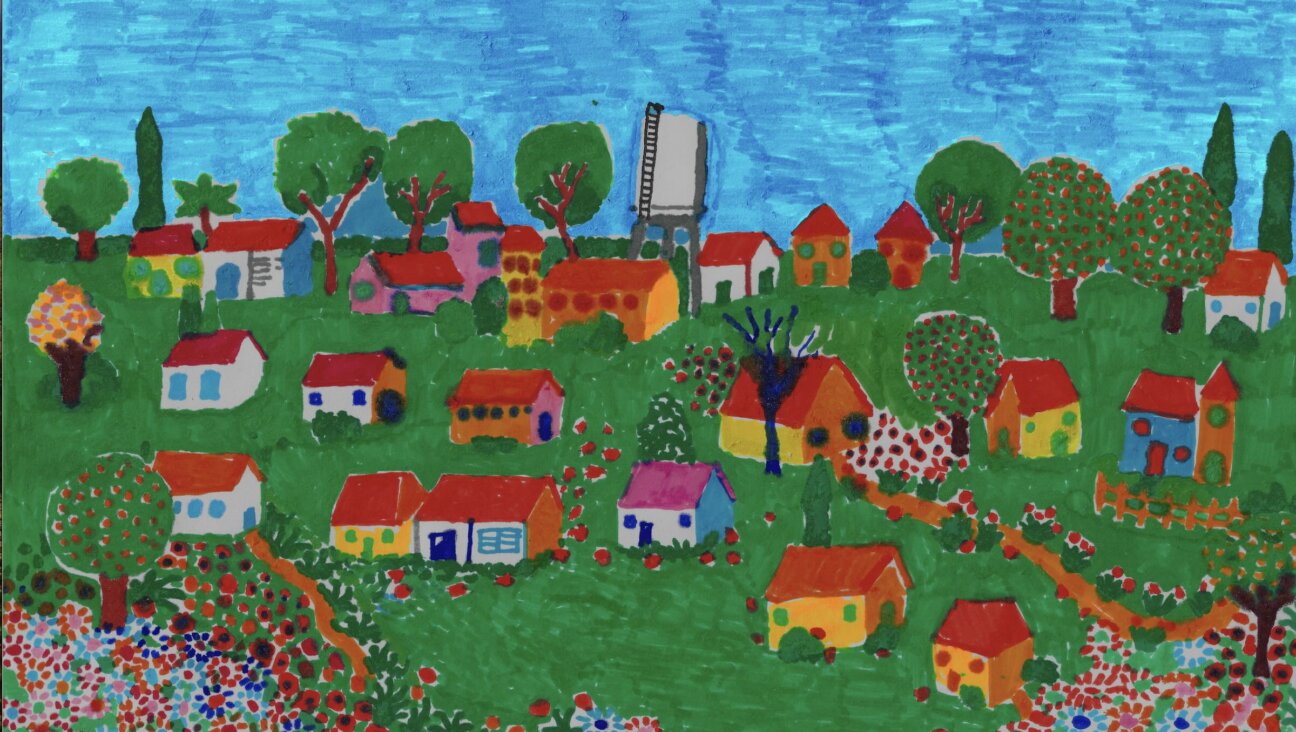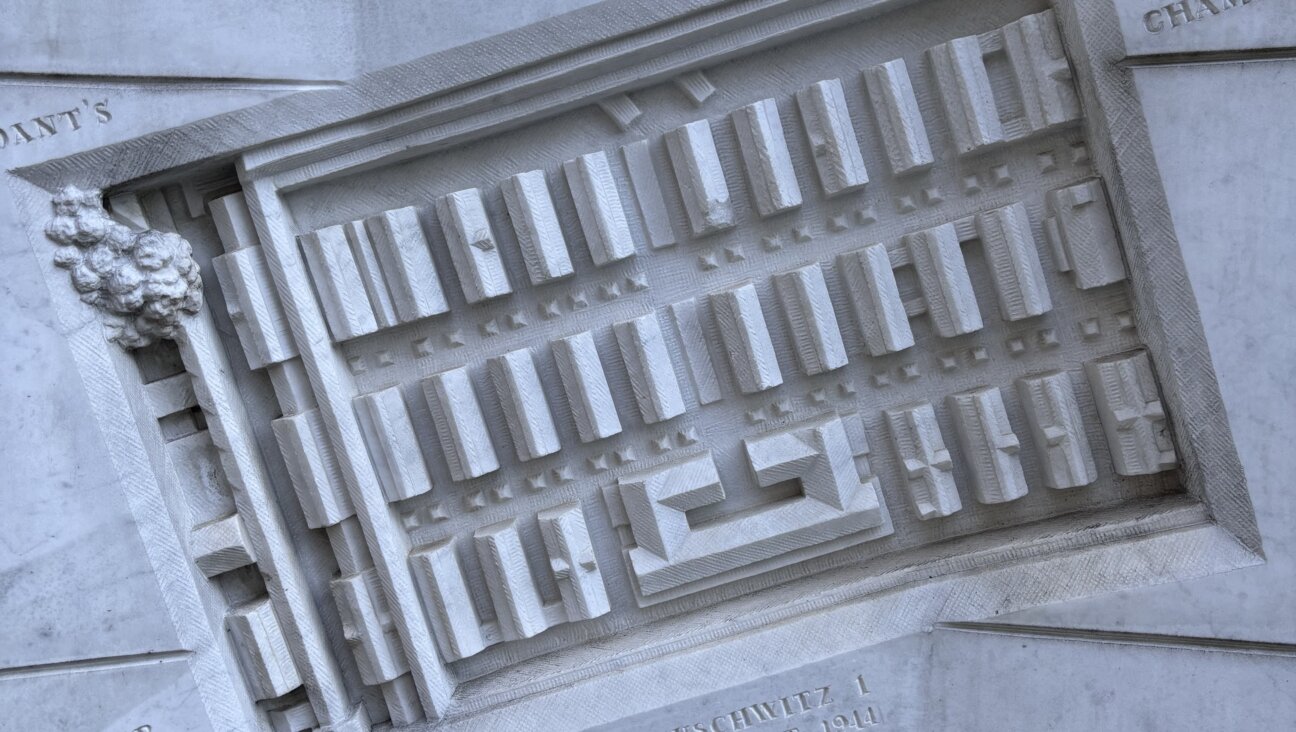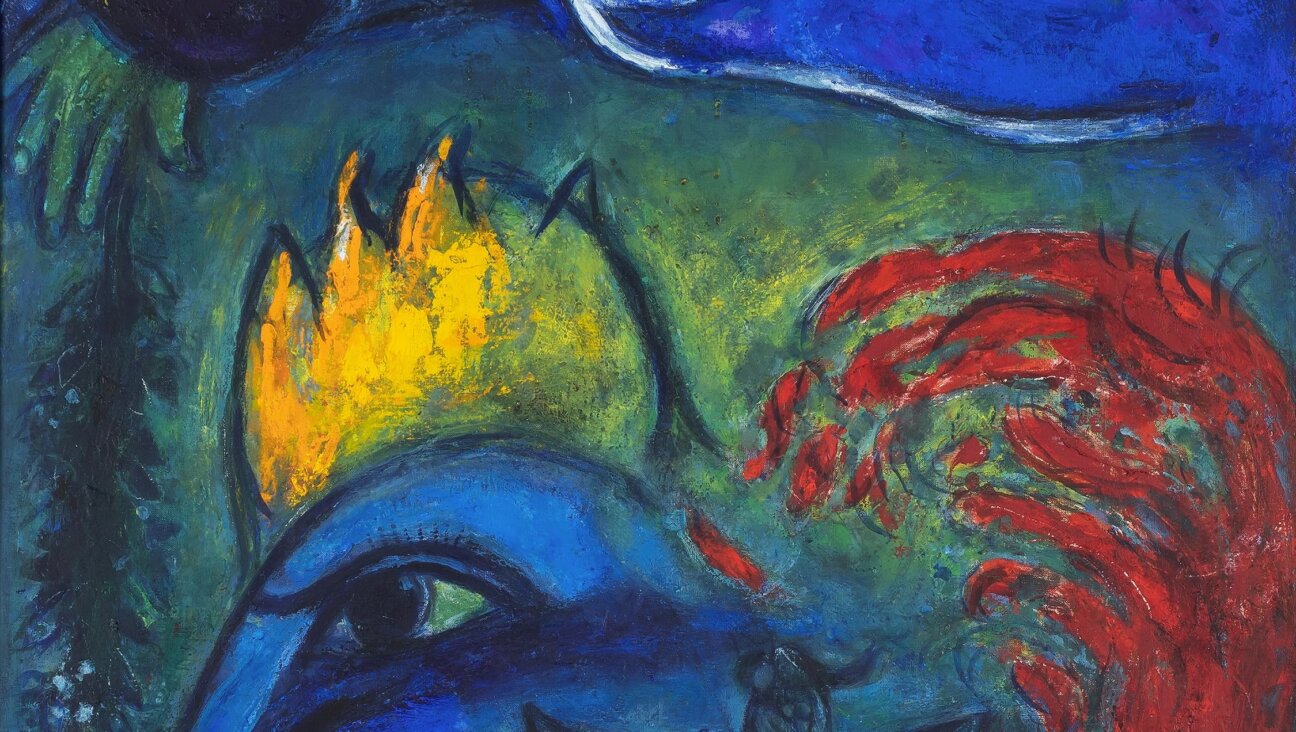Whithersoever Thou Goest… Even to China

Biblical Couple: Whatever the language or genre, Ruth (Charlene Tong) ends up with Boaz (Xiangwei Yu). Image by Eugene Kwok/New York Chinese Opera Society
Beijing (formerly Peking) opera is not like anything else. Certainly it?s not like Western opera, except to the extent that both art forms have singers act out stories. To an untrained Western ear, the women?s voices in Chinese opera can resemble nothing so much as the mewing of cats, as cats and female singers of Chinese opera share the same register ? and often style. The men?s voices, too, are surprisingly high-pitched. Indeed, nearly all the instruments and voices limit themselves to very high pitches. Almost none of the sounds reach down to the midrange, let alone to the bass range. But then again, Wagner?s operas, with the singers bellowing to overcome the huge sound of a giant orchestra, can be equally surprising to an untrained ear.
Involving singing, declamation, gesture, dance, acrobatics and brilliant costuming, Beijing opera is its own highly stylized art form. Since its beginnings, in the late 18th century (which makes it almost two centuries younger than Western opera), it has developed a vast repertoire that now, thanks to the New York Chinese Opera Society, includes the biblical tale of Ruth.
NYCOS, founded four years ago, is dedicated to giving American performers a chance to develop their artistry and to promoting Beijing opera to the public at large. To that end, as part of their run of three fully produced Beijing operas in as many days at the Michael Schimmel Center for the Arts at Pace University in downtown New York last December, NYCOS gave its ?premiere performance? of ?The Story of Ruth,? a Beijing opera that it created based on the Book of Ruth, co-sponsored by the university?s Confucius Institute.
During the many congratulatory speeches preceding the performance, and also elaborating for the Forward briefly onstage afterward, NYCOS founder and Executive Director Chi Chu explained how he came to write the script, with Xiaoru Zhang. He admitted, with more than a twinkle in his eye, ?I?m afraid this is all my doing. I thought the Book of Ruth would be an excellent vehicle to attract wider audiences and help them develop a love for Chinese opera ? Hispanic, Christian, Jewish audiences?. And the story is also so close to Confucian values, like filial piety, loyalty and hard work.?
In adapting the Book of Ruth to suit this Chinese form, however, certain changes were made. The most extreme is that the closest relative to Ruth?s dead husband has become Tusi (Kuixi Han), a drunken, comic-evil, mustachioed boor intent on trying to molest every pretty girl he sees. So even without knowing who she is, his hands are all over Ruth (Charlene Tong) when she first appears in the village. Chinese opera convention renders fights through relatively genteel, generalized gestures, followed by a fragmented series of reaction poses, and this is how NYCOS stages the scene where Boaz (Ruth?s future husband, Xiangwei Yu) sees Ruth struggling to free herself and comes to beat Tusi and rescue her.
This fight scene makes no mention of the fact that this boor is supposed to be Boaz?s cousin. The good Boaz doesn?t take much further notice of Ruth until (as instructed by Naomi) she comes to him at night on the threshing floor to ask him to marry her. Ruth even has to remind him that she is the woman whom he saved from rape. The scene with the elders, in which Boaz acquires the land of Naomi?s dead husband ? and with it, Ruth as his wife ? is played out here as a contest between the wise Chief Elder (Jinhong Li, one of the most accomplished actors in the cast) and his enemy, the scheming Second Elder (Qingyin Yue). The latter advocates for the wicked Tusi and claims that Boaz had sex with Ruth at night in the threshing room. The case turns, however, as in the original, on Tusi?s unwillingness to forgo his own inheritance in order to marry Ruth.
Unlike any Western languages, Chinese is a tonal language ? that is, the spoken language already has its own particular music: Syllables mean totally different things when pronounced with rising or falling pitches. Indeed, one of the most distinctive features of Chinese opera (Beijing is only one of several kinds of Chinese opera) is the use of a panoply of opera gongs to punctuate the drama with a rhythmic urgency that echoes the text. The variety of high-pitched gongs mimic the various combinations of tonal patterns of the language ? rising, falling, rising and then falling, vice versa and so on ? further heightening the sense of the language.
Percussion instruments are more dominant here than in Western opera, although the percussion is not used in a rhythmically complex way ? as in, say, African music ? but rather in a more generic way to establish mood and tempo, whether steady or increasing or decreasing in speed. There are also wind instruments, like various bamboo flutes and oboelike double reeds, but the 15-piece ensemble in this production is comprised mostly of string instruments, all conducted by Liang Wu, the energetic jing hu, or two-string fiddle, player, who composed the score with Chenglin Huang.
Unlike Western opera, composing for Beijing opera is more a matter of choosing and assembling existing melodies, tropes, rhythms and set pieces and adapting them to the new text and story. The sadness of Naomi as she renames herself Mara (?bitter?) is accompanied by a haunting lament on solo erhu, the most popular and soulful two-string fiddle of the Chinese huqin family of bowed-string instruments. The lament, adapted from a traditional melody ? often heard as a set piece for similarly sad scenes in other operas ? was magnificently played by Huang.
Traditional Beijing opera generally eschews sets by using minimal props, like boxes that can be turned, as needed, into an altar, a throne or a chair. For ?Ruth,? NYCOS broke with tradition to include several square kiosklike objects that, when turned, revealed a different image, to connote surroundings of fields, home or town as needed. As minimal as traditional stage props are, the costumes are often maximally elaborate, with great emphasis on many brilliant colors and patterns. For ?Ruth,? designers Yonwu Cui and Charlene Tong attempted to create Middle Eastern-like costumes, coordinated mostly in restrained off-white (with a rainbow range of colors on the hems), but some of the prominent characters were dressed in the brilliant hues associated with Chinese operas.
The Bethlehem barley harvest was celebrated by four extremely young-looking acrobats in blue tunics, who performed leaping somersaults from standing positions. The supertitles projected the translation of the accompanying song: ?The sky is cloudless and under the bright sunshine, golden stalks of barley are frolicking in the harvest field with no end in sight.? This conveys well the general decorous tone of Beijing opera. Although such semiprofessional endeavors can often be better intentioned than realized, the NYCOS performers were all proficient, and some ? notably Jinhong Li, Quiwei Zhang (Naomi), and Kuixi Han (Tusi) ? were more adept than that. The thoroughly professional musicians, however, were the real stars. Just as Naomi?s attitude won over Ruth as a convert, so NYCOS?s openness and excellence may win converts to this different, unusual art form.
Watch a video of the performance below:
A message from our Publisher & CEO Rachel Fishman Feddersen

I hope you appreciated this article. Before you go, I’d like to ask you to please support the Forward’s award-winning, nonprofit journalism so that we can be prepared for whatever news 2025 brings.
At a time when other newsrooms are closing or cutting back, the Forward has removed its paywall and invested additional resources to report on the ground from Israel and around the U.S. on the impact of the war, rising antisemitism and polarized discourse.
Readers like you make it all possible. Support our work by becoming a Forward Member and connect with our journalism and your community.
— Rachel Fishman Feddersen, Publisher and CEO























